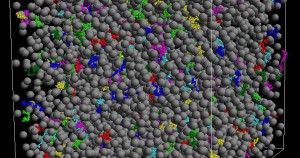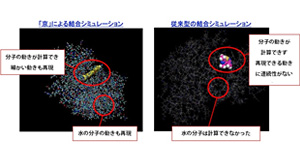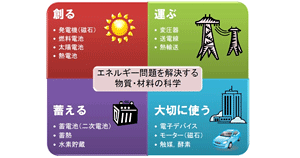
2014.05.22 update
A highly precise simulation of flow made possible by the K computer
Allows highly accurate grasp of effect of vortices around a car on comfort, handling, and noise
There are enormous numbers of small vortices in the flows of water or air around cars and ships in motion. The K computer makes it possible to simulate tiny vortices under 1mm in size. Such simulation possesses the same level of accuracy as wind-tunnel or water-tunnel tests and makes it possible to evaluate influence of the vortices in the flow on riding comfort, handling, and noise without making major investments into large-scale experimental equipment. This will also contribute to shortening the development time for cars and ships.





